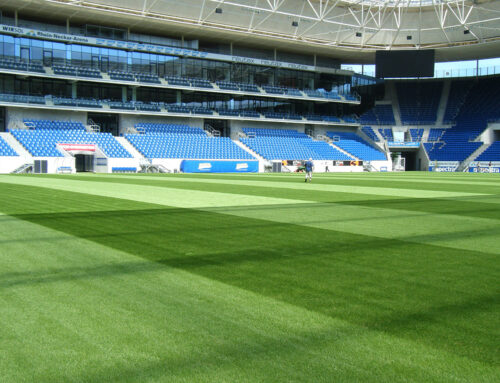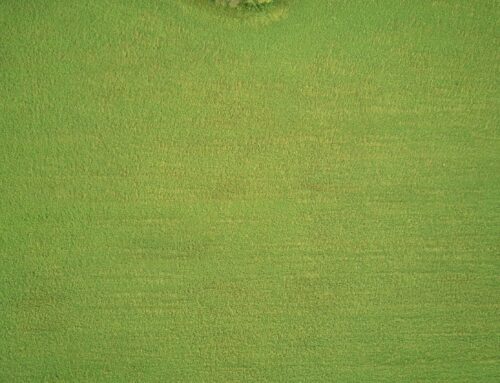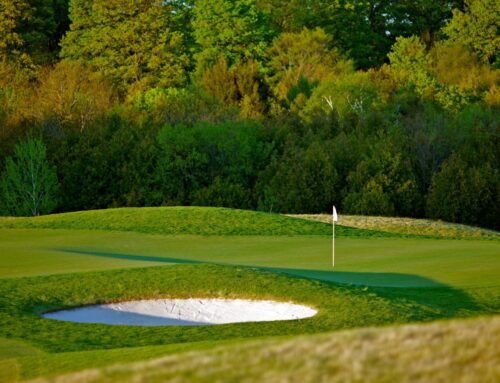We recently worked with Gerard’s Cross golf club in Buckinghamshire, a wonderful parkland course set on a 100-year-old estate, with large areas of woodland. A highly popular club with impeccable standards; there is no underestimating the care and commitment required at this course on a daily basis. We were delighted to collaborate with this team and provide our Disease Monitoring Service (DMS) to support them with their golf course maintenance. In the first year of working together we have supported them with both short- and long-term management plans to promote the health of their turfgrass and improve resilience against disease using more natural, sustainable methods.
Why did they use our service?
With a demand to produce high quality playing surfaces and their commitment to deliver, our client was eager to find alternatives to relying on pesticide applications. They were passionate about the importance of soil biology for plant health but wanted assistance in quantifying their actions and the results those actions had to better understand ‘if the actions you were taking were helping or hindering soil biology’.
How did our service support the organisation?
Through a collaborative approach we listened and established what the desired outcomes were for the club. We identified any areas in need of assistance through a comprehensive service that combined quarterly soil analysis and interpretation with scientific, up to date evidence and information. With open lines of communication throughout the year and both a proactive and reactive approach, we worked in partnership to explore strategies that could be implemented in the short term and long term to achieve their goals.
‘In the first year it has allowed us to benchmark where we are at and to make short- and long-term strategic decisions to help promote natural ways to strengthen the grass plant against disease.’
What were the results of using our service?
The DMS process was able to identify the areas of soil management in need of improvement. Taking in to account the clubs’ difficulties of in-season aeration during summer and autumn, it identified the need to improve aerobic conditions during spring and August. Achieving this with minimal disruption to their players was of high importance.
‘We have invested in an Air2G2 which we believe will allow us to give the rootzone the aeration it needs. It has also helped us adjust the products we use to benefit the bacteria and fungi in the soil and monitor our sulphur applications which we hadn’t been doing before.’
What did our client say about the service?
‘The Disease monitoring service is the only one I know of in Europe that has the ability to test the soil for biology and track progress, not only giving us data but also the back up and support with recommendations, help and support. Not only that but with the advice being COMPLETLEY INDEPENDENT gives me the confidence that the recommendations are based on scientific knowledge and not a magic potion in a bottle that someone’s trying to sell.’
‘ I would recommend them, there are very few people in the sport turf industry that I can say I can trust, Philip is one of those.’
It has been fantastic working with Gerrards Cross Golf Club and we would also like to thank them for taking the time to provide the information and feedback included. Client feedback is integral to our development and for the continued success of the Disease Monitoring Service – allowing us to scrutinise the service for the benefit of our clients. We are, after all, committed to progress and sustainability!
If you would like to know more about the Disease Monitoring Service – click here
If you would like to book a 1:1 to discuss the Disease Monitoring Service – Click Here.




